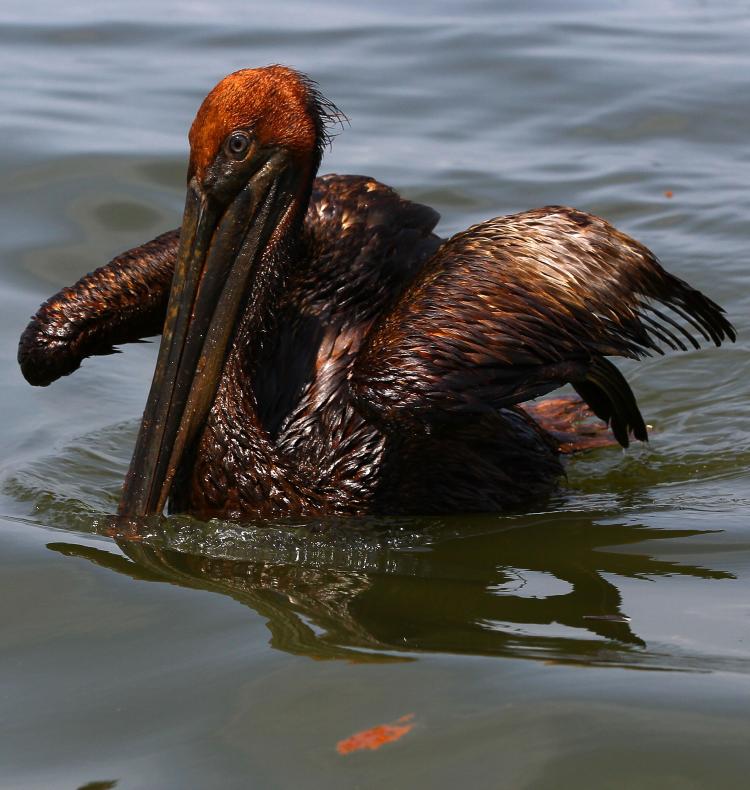|Video Courtesy of NTDTV |
BP provided an update on the progress of its latest strategy to contain the oil spill in the Gulf of Mexico on Monday. The lower marine riser package (LMRP) containment cap was installed on June 3 and has been able to collect some oil and gas released from the well.On Monday, BP provided statistics on the amount of oil and gas collected from the LMRP containment cap. From June 3 to June 5, 16,600 barrels of oil was collected and 32.7 million standard cubic feet of natural gas was burned. The oil and gas is collected at the LMRP cap and then transported via a riser pipe to a drillship at the surface of the water, the Discoverer Enterprise.
BP also said that it plans to improve its containment efforts by using the hoses and pipes originally deployed for the “top kill” operation to collect the oil and gas in the Deepwater Horizon blowout preventer (BOP), which failed to prevent the oil from gushing out of the well when the riser was damaged. BP hopes that this operation, in which the oil and gas can be drawn through a different riser to a vessel on the surface, can be implemented in mid-June.
BP will also attempt to “provide a more permanent LMRP containment cap system by directing the oil and gas to a new free-floating riser ending approximately 300 feet below sea level,” said BP in a press release. The new riser will make operations easier during hurricanes and will be implemented in early July.







